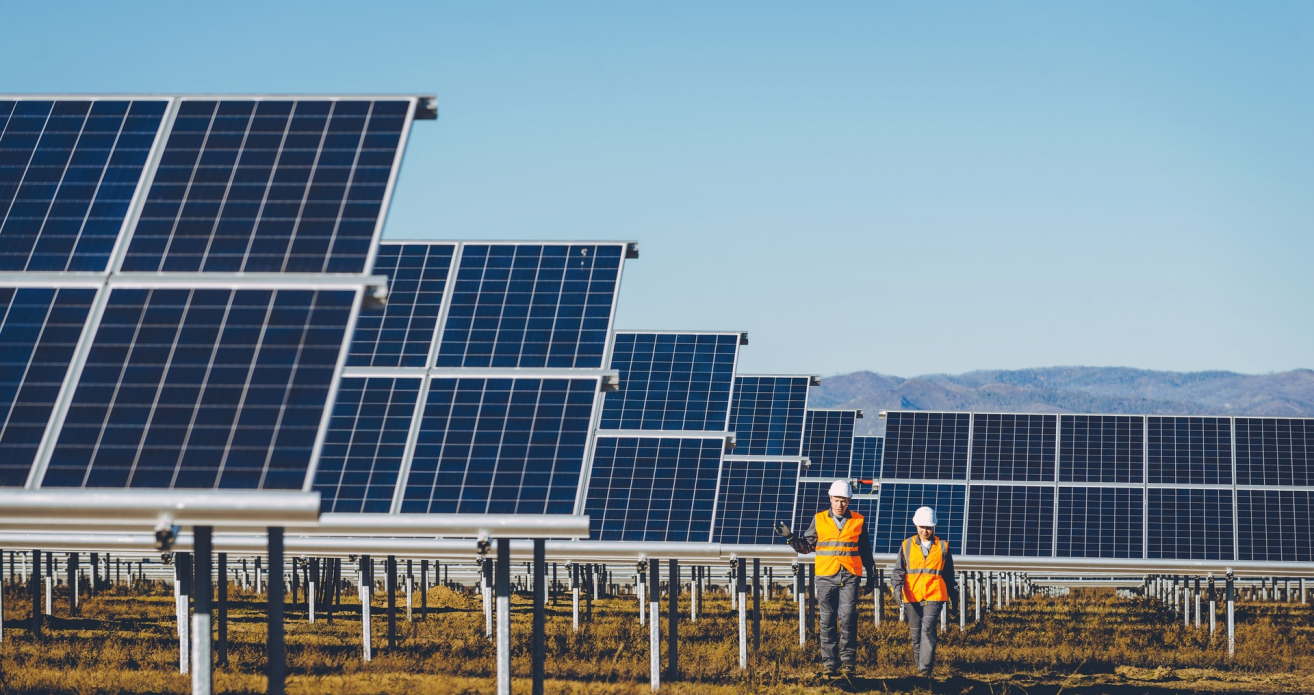INTRODUCTION
Vinyl siding is a popular choice for homeowners because it is durable, easy to maintain, and comes in many styles. However, when it comes to installing siding in kansas city, temperature plays a big role in how well it performs. If the siding is not installed in the right conditions, it may crack, bend, or not last as long as it should. This guide will help you understand the basics of vinyl siding temperature installation and how to avoid common problems.
WHY TEMPERATURE MATTERS?
Vinyl siding reacts to changes in temperature. When it’s cold, the material can become stiff and brittle. This makes it more likely to crack during installation. On the other hand, in very hot weather, vinyl can become soft and expand, which can cause it to warp or buckle later on.
To avoid these issues, it’s best to install vinyl siding when the temperature is between 40°F and 90°F. This range is considered safe and gives the siding enough flexibility without making it too hard or too soft.
TIPS FOR PROPER INSTALLATION
- Choose the Right Day: Pick a day with moderate weather—ideally during spring or fall. Avoid installing siding during extreme heat or cold. If you must work on a hot or cold day, try to install the siding in the early morning or late evening when temperatures are more stable.
- Prepare the Area: Before starting, make sure the work area is clean. Remove any debris, tools, or objects that could get in the way. Also, trim any nearby trees or bushes that might touch or damage the siding during installation.
- Check the Foundation: If your home has a wooden foundation, seal it properly before installing the siding. This prevents moisture from getting into the wood, which can lead to damage over time.
- Gather the Right Tools: Make sure you have all the tools and materials you need before beginning. These may include a ladder, hammer, nails, level, caulk, and safety gear. Having everything ready helps the job go smoothly and prevents delays.
WHEN IS THE BEST TIME TO INSTALL?
The best seasons for vinyl siding installation are spring and fall. These times usually offer mild temperatures and lower humidity. Try to avoid installing siding in winter, as vinyl becomes brittle in the cold. Also, avoid rainy or very humid days because moisture can interfere with the installation and cause long-term problems.
COMMON PROBLEMS AND FIXES
- Sagging: Usually caused by poor fastening. Make sure nails are straight and not too close to the edge.
- Failure to leave adequate room for expansion between panels results in buckling. Always leave room for the material to expand and contract.
- Cracking: Often happens when dirt is trapped under the siding. Clean the surface well before installation.



